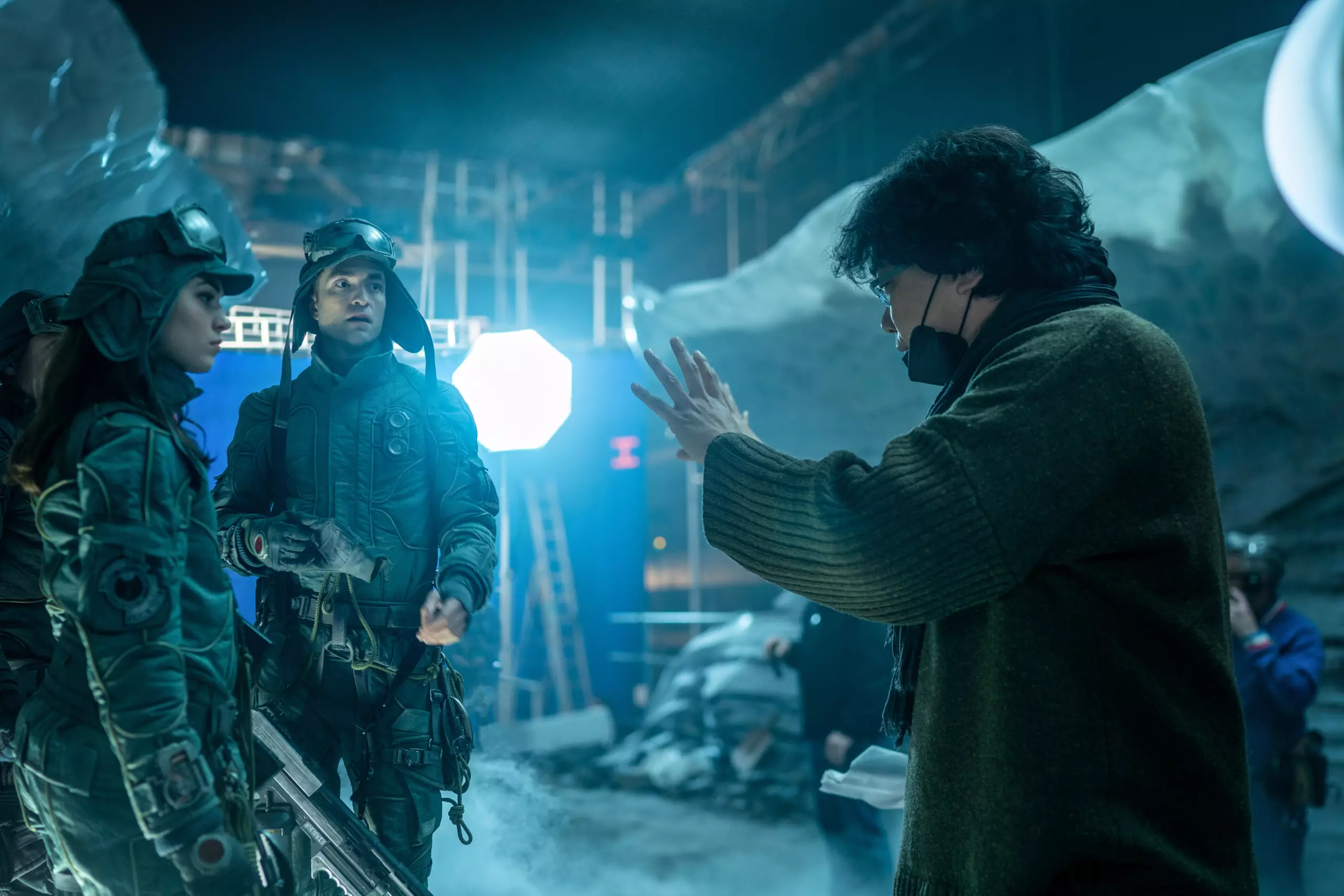Bong Joon-ho is a cinematic maestro known for his ability to intertwine social commentary, genre-bending narratives, and profound human emotions. His filmography is a testament to his unique storytelling capabilities, with titles like *Snowpiercer* and *Parasite* pushing the boundaries of traditional storytelling. With his latest project, *Mickey 17*, an adaptation of Edward Ashton’s novel *Mickey7*, Bong ventures into the realm of science fiction, yet true to form, he tackles weighty themes within an innovative framework. Starring Robert Pattinson in a dual role, the film offers an audacious exploration of identity, resilience, and societal critique.
The Absurdity of Existence
At the heart of *Mickey 17* is its protagonist, Mickey Barnes, portrayed by Pattinson, an “Expendable” whose role is paradoxically simple yet profoundly disturbing: he is designed to die repeatedly as part of a human colonization mission, each iteration of his being a printed version of the last. This concept—that human life can be commodified and printed like a document—acts as a launching pad for Bong to delve into existential absurdity, a recurring theme in his works. His fascination with this premise is apparent as he expresses that the original novel captivated him from its very premise. By reducing humanity to a mere product, Bong invites audiences to reflect on the moral and ethical implications of such a reality.
Character Depth and Evolution
Bong’s strategy of grounding his characters in relatable circumstances is especially notable in *Mickey 17*. He meticulously crafts Mickey as an archetypal “everyman,” elevating him from the status of merely a sci-fi trope to a fuller character who embodies the struggles and foolishness of humanity. In his own words, Bong aimed to portray Mickey as “even lower class, even more of a loser,” highlighting the human experience’s inherent absurdity. Pattinson’s commitment to the role is crucial; recognized for his range, he delivers an interpretation of Mickey that balances vulnerability with unexpected complexity. As Pattinson notes, Mickey is more than he appears—his simplicity conceals deep layers of characterization, a nuance that is essential to the film’s resonance.
The Supporting Ensemble and Character Dynamics
Adding richness to Bong’s narrative are the formidable supporting characters, including Naomi Ackie as Nasha, Mickey’s partner, who defies conventional genre norms. Rather than being a mere sidekick, Nasha emerges as a strong, charismatic figure, complicated in her motivations and actions. This depiction reframes traditional tropes, revealing how female characters can embody strength and agency in narratives often dominated by male perspectives. Additionally, with the likes of Toni Collette and Mark Ruffalo portraying darker elements of the story, the ensemble cast creates an intricate web of relationships that enhances the film’s thematic depth, forcing audiences to question moral boundaries within human experiences.
Visual Storytelling and Technical Mastery
The visual aesthetics of *Mickey 17* promise a captivating spectacle, crafted by a skilled team, including cinematographer Darius Khondji and production designer Fiona Crombie. Bong’s meticulous attention to detail ensures that every frame conveys not just the narrative but also the emotional gravitas of the story. The design of the film’s alien world and its creatures, described as pivotal characters themselves, challenges the viewer’s imagination while highlighting technological advancements that serve both survival and control. Bong’s commitment to authenticity and depth emphasizes the film as an immersive experience, poised to make an indelible mark on the sci-fi genre.
Societal Reflections and Emotional Resonance
While *Mickey 17* operates within a science fiction premise, Bong’s roots in social commentary remain prominent. The narrative is laced with critiques of labor exploitation and the commodification of human life, inviting viewers to engage with pressing ethical dilemmas. Bong argues that the film’s political layer isn’t overt but embedded in the struggles of its characters, urging audiences to reflect on how individuals are treated in society. Nevertheless, amidst these heavy themes, there exists a warmth and humor often absent from his previous works. By embracing the silliness inherent in human behavior, Bong offers an affectionate portrayal that results in a surprisingly uplifting tone, allowing the audience to connect with the characters on multiple levels.
Champion of the Cinematic Experience
In an era where streaming dominates, Bong’s insistence on the significance of the theatrical experience is a bold stance that resonates with cinephiles. He asserts that certain cinematic elements—a rich visual experience, the emotional weight of close-ups, and grand spectacles—can only be appreciated on the big screen. With this understanding, *Mickey 17* becomes more than just a film; it aims to be an event, designed for audiences to experience collectively within the sacred space of the cinema, promising that Pattinson’s performance in IMAX will be nothing short of mesmerizing.
Bong Joon-ho continues to push the envelope of storytelling through *Mickey 17*, weaving together a narrative that not only entertains but also compels viewers to explore deeper questions about identity, humanity, and the systems that govern our existence.

